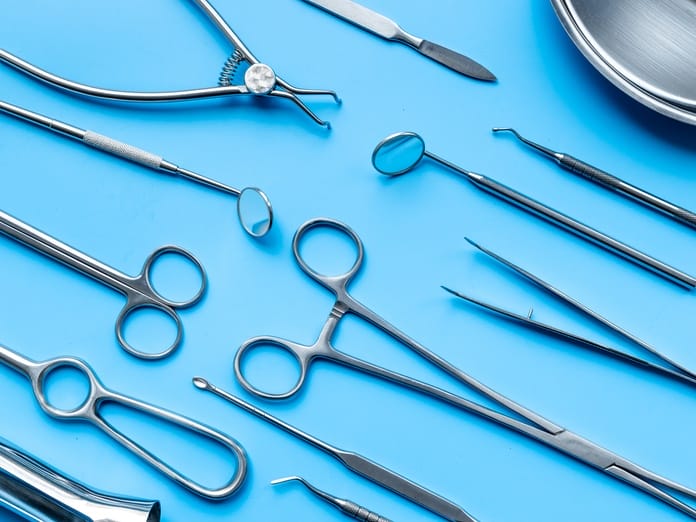Medical professionals rely on high-quality instruments to perform their work safely and effectively. The tools they use directly impact patient outcomes and procedural accuracy, making the selection of the right ones a matter of precision, expertise, and practicality.
Understanding how medical professionals choose the best instruments sheds light on what makes these choices critical in healthcare settings.
1. Durability and Long-Term Use
Medical professionals prioritize durable tools that withstand repeated use under stressful conditions. Stainless steel is the material of choice due to its resistance to corrosion and exceptional longevity, making it suitable for procedures that require sterilization after each use.
For example, surgical forceps, whether used for grasping or holding, are chosen for their precision and ability to maintain a firm grip over time. Durability ensures instruments remain dependable and minimizes the need for frequent replacements.
2. Purpose-Specific Functionality
Different procedures demand different instruments, and healthcare providers select tools designed for specific functions. For instance, the requirements for a simple suture removal differ significantly from those for a complex laparoscopic operation.
By matching instruments to exact procedural demands, professionals achieve better accuracy and reduce the risk of complications during treatment.
3. Ergonomics and Comfort
Medical instruments must support precision while minimizing hand fatigue during extended use. Ergonomic design is crucial in achieving this balance. Features like textured grips, contoured handles, and lightweight materials help practitioners perform tasks more efficiently and comfortably.
These elements reduce physical strain, muscle fatigue, and joint stress, significantly enhancing precision and accuracy. Overall, using lightweight, ergonomic materials increases safety, reduces errors, and boosts productivity.
4. Ease of Sterilization
Reusable instruments require thorough sterilization to prevent infection and ensure patient safety. Practitioners choose tools made from durable materials, such as stainless steel or autoclavable plastics, that withstand repeated autoclaving without degradation.
Instruments are designed with simple geometries for easy cleaning and sterilization, avoiding hard-to-reach areas. Regular validation of sterilization procedures is crucial for ensuring compliance and eliminating microbial contamination.
5. Manufacturer Reputation and Certification
Professionals often choose instruments manufactured by reputable brands known for their reliability, precision, and adherence to strict industry standards. Tools that meet certifications such as FDA, CE, or ISO indicate compliance with rigorous guidelines, which helps healthcare providers trust in their performance, safety, and overall quality.
This emphasis on certification ensures that the instruments are suitable for various clinical environments and meet the necessary regulatory requirements for medical use.
6. Precision and Performance
Surgical, diagnostic, and therapeutic procedures demand flawless instrument performance, as precision directly impacts outcomes. Whether it’s a straight hemostat gripping tissue or scissors trimming sutures, the right tool ensures tasks are done accurately without harming surrounding tissues.
Choosing the right scissors is especially important—straight scissors excel at linear cuts, such as sutures, offering control and accuracy, while curved scissors are ideal for cutting around delicate or curved structures, providing better visibility and access. Using the proper instrument is key to achieving the best results.
Medical professionals consider these essential factors when selecting instruments, driven by a combination of safety, reliability, and specific procedural needs. The way medical professionals choose the best instruments demonstrates their unwavering commitment to providing effective care and achieving optimal patient outcomes.







